June 16, 2025 | 14:03 GMT +7
June 16, 2025 | 14:03 GMT +7
Hotline: 0913.378.918
June 16, 2025 | 14:03 GMT +7
Hotline: 0913.378.918
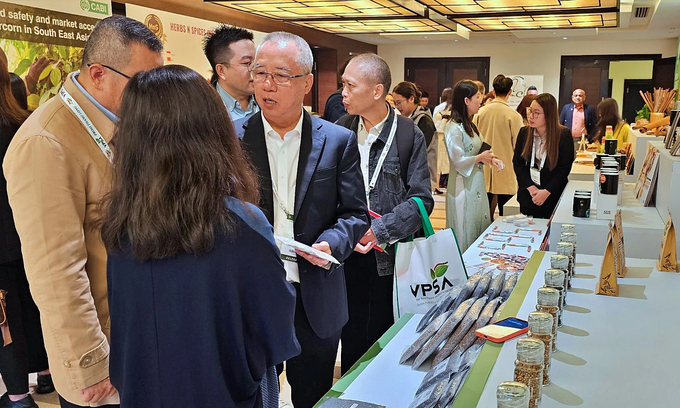
Delegates exchange in Vietnam International Pepper and Spice Outlook 2024 (VIPO 2024). Photo: Bao Thang.
The Vietnam Pepper and Spice Association (VPSA) forecasts that global pepper output in the 2023/2024 crop year will decrease due to an estimated decrease in output from pepper-producing countries. In particular, Vietnam's pepper output in 2024 is estimated to decrease by about 10 - 15% to 160,000 - 165,000 tons; India's will decrease by 20%, Indonesia's will decrease by 20 - 30% and Brazil's will decrease by 15%.
Vietnam exported all of its harvest in 2023, and part of the exports were taken from imports and inventory from the previous year. Therefore, the amount of inventory transferred from 2023 to 2024 will be the lowest in recent years.
Commenting on Vietnam's pepper industry, VPSA said that in addition to the challenge of shrinking acreage due to competition with a number of other crops. The pepper industry also faces a series of new regulations from importing countries, requiring both associations, businesses and farmers to prepare and respond appropriately.
Although pepper prices on the world market in the first days of 2024 are on the rise. But this trend may not be stable. The reason is that the decrease in output of pepper exporting powers is still lower than the decrease in global consumption demand.
"Pepper prices will be difficult to increase continuously in the long term," said Mr. Jasvinder Singh Sethi, CEO and Founder of Namagro Vietnam Company.
According to this expert, pepper output is influenced by two factors: productivity and harvested area. Productivity depends on the weather and the farmer's motivation. If farmers believe that growing pepper brings great profits, they will put in the effort to care for it and improve productivity.
However, fluctuating pepper prices in recent years and expensive input costs have left farmers with little incentive to persevere in pursuing the industry. In addition, in Vietnam, since 2017, there have been no new growing areas, and in some areas, farmers have switched to growing other crops.

Jasvinder Singh Sethi advises businesses to pay attention to geopolitical conflicts to have reasonable production plans. Photo: IPC.
Regarding the pepper market, Mr. Jasvinder Singh Sethi also noted that businesses need to pay attention to geopolitical conflicts and assess supply and demand to make accurate judgments.
Namagro's leaders realized that there is a pattern repeated 3 times in the past 50 years. That is, every time demand is greater than supply, prices also skyrocket. Conversely, when supply exceeds demand, prices drop and remain at the bottom relatively long.
Unlike spice crops such as turmeric and ginger, whose prices fluctuate with a regular range yearly, pepper needs 3-4 years to ensure supply due to lack of planting area. Immediate response to market demand will therefore be slower.
In 2023, the EU issued the Regulation on Deforestation-Free Products (EUDR). Vietnam identified many affected products, including pepper.
Vietnam imports a lot of pepper from Brazil. If considered from December 2020 (according to EUDR), Brazil's pepper area will likely reach the deforestation and forest damage threshold. Therefore, VPSA recommends that businesses need to prepare in advance for this regulation.
In addition, the upcoming EU will also require the origin of the growing area from longitude and latitude, women's and children's rights, and accountability of buyers in Europe.
Regarding emission reduction, Vietnam committed at COP26 to cut 30% in 2030 and reach Net Zero by 2050. Therefore, by 2024, the pepper industry has determined that it is necessary to shift to sustainable development. sustainable, including arranging factory and garden operations to ensure compliance and meet Government requirements and regulations, as well as help bring additional income to people if products are certified.
VPSA's concern is that the sustainable development of pepper and coffee currently conflicts with the sustainable development of durian because durian's growing area code requires specialized cultivation, while many households in the Central Highlands are growing intercrop many types of plants, including pepper, durian, coffee...
To be granted a durian production unit code for export to China, many households have been destroying pepper trees and switching to monoculture durian trees. This problem occurs in concentrated pepper growing areas such as the Southeast and Central Highlands, which account for over 95% of the area.
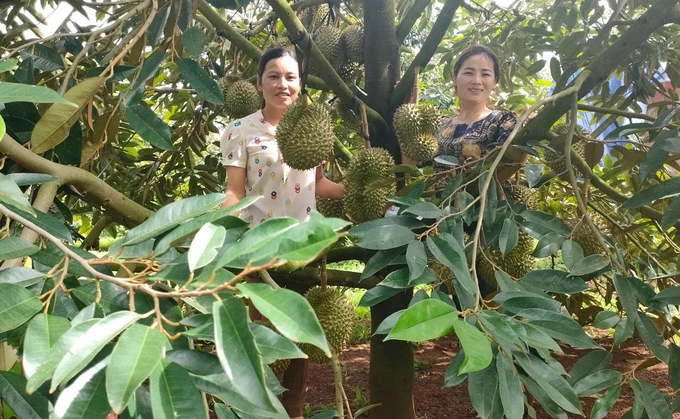
Farmers in many regions of the Central Highlands intercrop durian and pepper. Photo: TL.
MSc Phan Thi Xuan Hue, Faculty of Management, School of Economics - Law, Tra Vinh University, said that, at this time, only Vietnam is harvesting a lot of pepper. World prices are higher than domestic prices, combined with the fear of shortages and price increases, so many businesses proactively increase purchases, pushing pepper prices up sharply.
Whole black pepper is still the most exported type of Vietnam, accounting for about 70%. Second is ground black pepper, accounting for about 15%, followed by whole white pepper, nearly 10%.
Although pepper prices are increasing, people do not pay attention to taking care of them, causing many areas of pepper to be infected with diseases, mass deaths, low productivity, and some households switching to other crops, so Vietnam can only take advantage of a small part of the market's rising momentum.
Unfortunately, according to Mrs. Hue, the pepper processing capacity of Vietnamese enterprises is still very large. Each year, businesses can process up to over 140,000 tons. In addition to participating in processing domestic products, the pepper industry can process for exporting countries with underdeveloped processing technology, such as Indonesia, Cambodia, Brazil...
Compared to some countries such as Indonesia, Malaysia, India, Vietnam also has an advantage in exporting pepper to the EU, thanks to the EVFTA taking effect in August 2020. Regardless, Vietnamese pepper is still at risk of losing market share as countries such as Brazil and Indonesia offer more competitive prices. These markets have rates that are often cheaper than Vietnam.
For Vietnamese pepper products to sustainably affirm their position in the world market, Mrs. Hue recommended that relevant parties comply with international standards, especially on chemical residues and production standards oriented towards sustainable development, not chasing output but improving the quality of post-harvest products.
Besides, people need to actively participate in cooperatives and cooperative groups to link manufacturers with processing enterprises and exporters.
Translated by Tuan Huy

(VAN) Noting risks, report examines impacts of avian influenza, changing trade patterns since 2022, fish fraud, and shipping industry’s net-zero goals.

(VAN) Mr. Tran Quang Bao, General Director of the Forestry and Forest Protection Department, met and worked with the International Wood Products Association to promote cooperation in the field of timber trade.

(VAN) China's outbound shipments of rare earths in May jumped 23% on the month to their highest in a year, though Beijing's export curbs on some of the critical minerals halted some overseas sales.
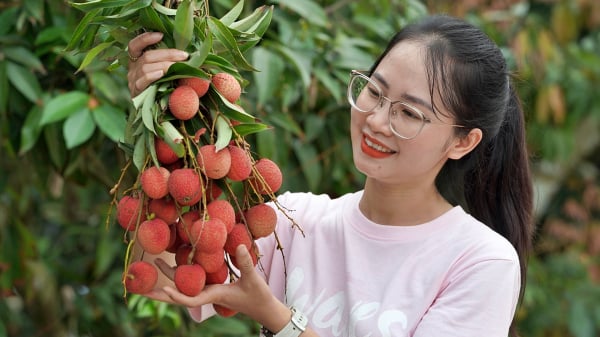
(VAN) To sustain capital flow, administrative reform alone is not enough; what farmers truly need is an ecosystem where both government and businesses grow together in support.
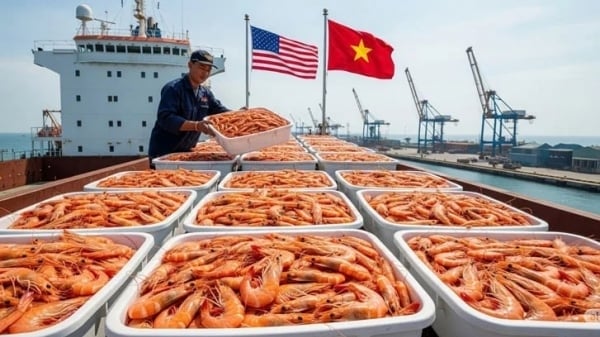
(VAN) Vietnam and the United States are proactively working together, each in their own way, to ensure that every container of agricultural goods carries not just products, but also long-term trust and value.
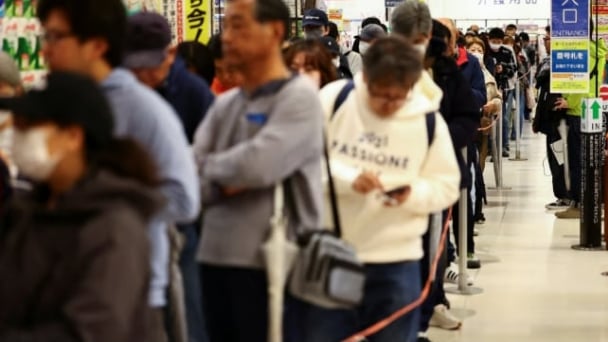
(VAN) Stores have started selling rice from the government’s stockpile to feed demand for the staple.
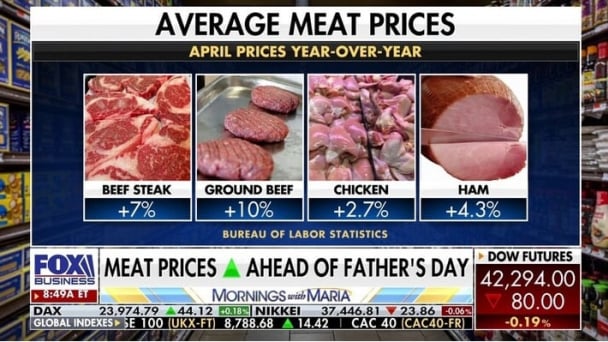
(VAN) Omaha Steaks CEO says rebuilding cattle herds will take about a year to ease price pressures.